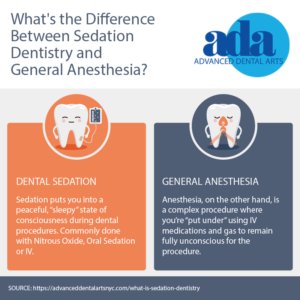Anesthesia is, in its most basic definition, a medicine that lessens discomfort or
suffering during a process. There are many different kinds and delivery options.
The momentary lack of sensation, consciousness, and awareness is known as
anesthesia. It has been put to use for many years. It is a condition in which one is
incapable of feeling pain. It also prevents the formation of emotional memories or
sentiments.
How anesthesia works in human body
Neuronal impulses. The way impulses move through nerves in your brain and spinal
cord is impacted by anesthesia. It might stop those impulses from reaching the area of
the brain that senses pain, or it might slow them down so they don’t get there.
Chemicals. Additionally, anesthesia affects the concentrations of a few other
substances in your brain. These substances could be endorphins, which your body
produces to help you cope with pain, or neurotransmitters, which are released by
neurons to communicate with other neurons.
Sedation. Anesthesia can alter the chemicals in your brain that control your alertness
and consciousness in addition to preventing you from experiencing pain.
Types
Instilling local anesthetic into the surgical site while the patient is still conscious. Prior to
a patient receiving stitches, it is frequently used to numb the area.
While the patient is still conscious, a significant portion of the body is numbed by
regional anesthetic. The most well-known use of an epidural is probably to help women
have more comfortable deliveries.
For invasive procedures like a laparoscopic hernia repair, general anesthesia is utilized
to make a patient asleep.
For minimally invasive procedures like colonoscopies, sedation anesthesia is employed.

